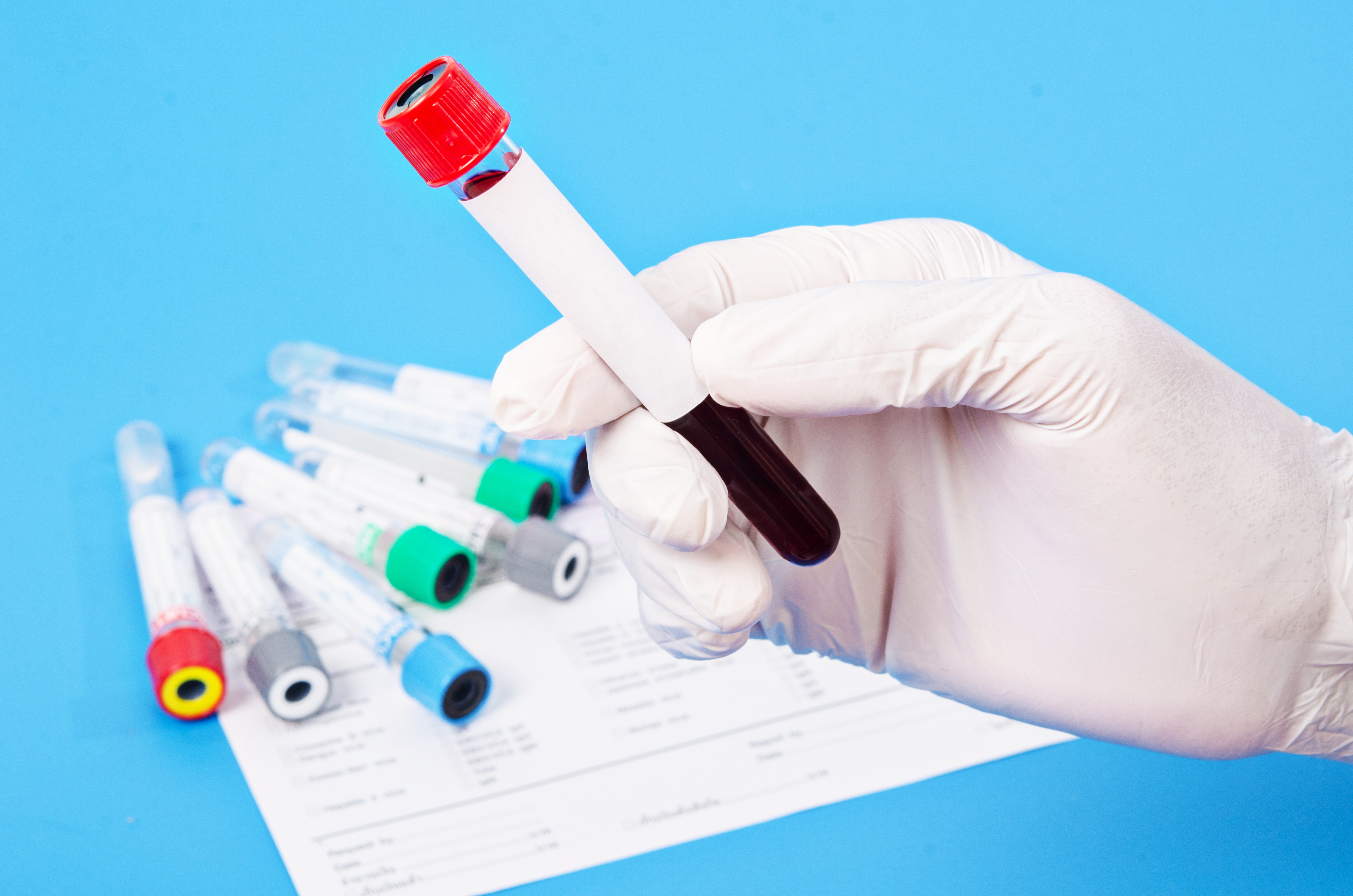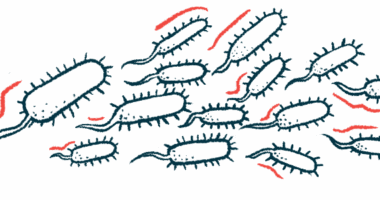Rare Cancer May Trigger Cold Agglutinin Hemolytic Anemia, Case Report Suggests

A rare type of cancer called histiocytic sarcoma may trigger the development of cold agglutinin hemolytic anemia, a recent case suggests.
This malignant cancer, which arises from the transformation of some immune cells present in the connective tissue, should be considered as a secondary cause of cold agglutinin hemolytic anemia “although the association has not been documented earlier,” researchers stated.
Further studies are warranted to better understand the relationship between the two diseases, they added.
The case was reported in the study, “A rare cause of cold agglutinin hemolytic anemia-Histiocytic sarcoma,” published in the Journal of Postgraduate Medicine.
The patient, a 44-year-old woman, came to the hospital with complaints of fever, yellowish skin, and shortness of breath that had persisted for 15 days.
She had history of a malignant tumor on her vulva, which had been surgically removed 18 months before developing the new symptoms. She also had asymptomatic skin lesions.
After laboratory analysis she was found to be anemic, with about 62% lower hemoglobin, with altered and enlarged blood cells. She also had approximately 10 times the normal levels of bilirubin (a component of red blood cells) and five times the normal levels of lactate dehydrogenase (LDH, a marker of tissue damage).
Based on these findings, the clinical team suspected that she could have hemolytic anemia. Additional testing confirmed that she was positive for cold agglutinins, with titers 1.5 times higher than normal.
After the diagnosis, she started treatment with methylprednisolone infusion, and additional evaluations were conducted to find what led her to develop cold agglutinin hemolytic anemia.
As this autoimmune disease can be triggered by infections, the clinical team tested her for several potential infectious viruses, but she was negative for all of them. Blood analysis for other known antibodies linked to autoimmune diseases also came out negative.
The patient showed signs of moderate enlargement of the spleen; the clinical team suspected that she might have an increased proliferation of immune cells.
To assess this hypothesis, she was evaluated by contrast-enhanced computed tomography (CECT) to the chest and abdomen. The scans confirmed that she had an enlarged spleen and liver with several lesions, as well as altered lymph nodes.
At this point, a bone marrow biopsy revealed that she was experiencing rapid hemolysis (red blood cells destruction).
To stop this, she started to take rituximab (marketed as Rituxan in the United States and MabThera in Europe) and intravenous steroids. However, the treatment did not stop the hemolysis, and she died of the illness.
A bone marrow biopsy report received after the patient’s death revealed that she had histiocytic sarcoma — a rare type of cancer that derives from the transformation of immune cells present in the connective tissues. A skin biopsy showed that she might also had epidermodysplasia verruciformis — a rare genetic skin disorder often associated with high risk for skin cancer.
Cold agglutinin hemolytic anemia has been associated with infections, malignancies, and connective tissue disorders. Still, this has been the first report of a patient with histiocytic sarcoma presenting with cold agglutinin hemolytic anemia, researchers said.
“The present case highlights the importance of investigating for secondary causes of hemolytic anemia,” they stated. “Histiocytic sarcoma may also be considered as a secondary cause of cold agglutinin hemolytic anemia.”





